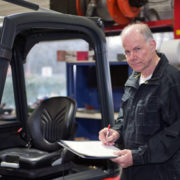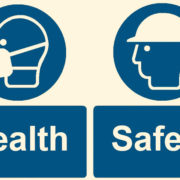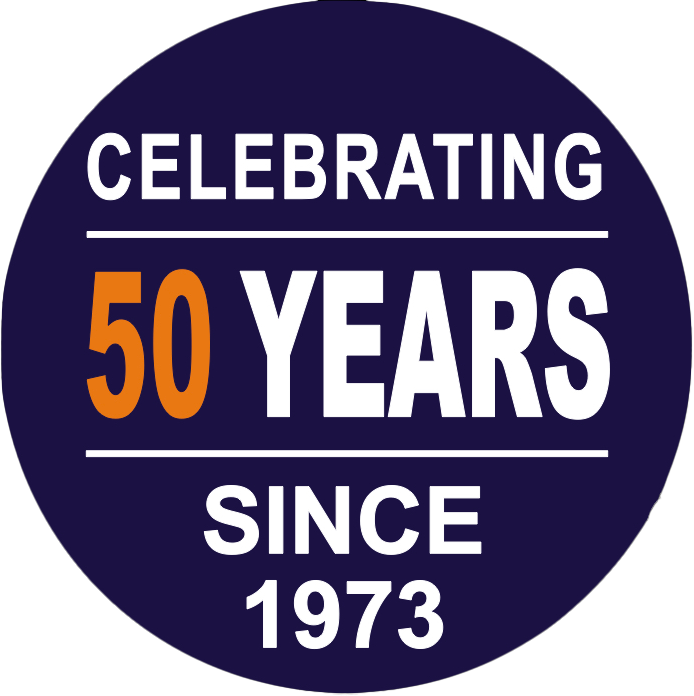Forklift safety inspections are vital in ensuring the safety of both the operator and those that surround them and, as such, are now a legal requirement for anybody wishing to use or drive a forklift truck in the UK.
In many ways, the safety inspections are not dissimilar to an MOT for a car. Without them, a forklift truck may not function to the best of its ability, resulting in the potential for deadly accidents in the workplace. However, safety inspections for forklift trucks should ideally occur more frequently than an MOT check – usually a few times a year.
Forklift trucks must pass the ‘National Thorough Examination’ procedure. This procedure, which is practised across the UK, is designed to meet the requirements of several safety legislations, including LOLER 98 and PUWER 98 which dictate that all forklift trucks must pass an annual safety check to ensure their safety and suitability for use.
This guide will discuss the standards required in order to pass the examination and also the steps you can take to ensure that your truck or company passes the test.
The standards
Professional safety inspections should ideally occur a few times a year and should also always be carried out before a truck is used for the first time. In addition, operators should also complete their own pre-use survey prior to driving the vehicle. In general, a safety inspection will:
1) Test whether or not the truck is safe to operate – Is it functioning correctly? Are there any obvious malfunctions or errors?
2) Prove that the truck is operating in the way that it was designed to work – both when lifting and travelling.
3) Locate any defects which could affect the overall safety and functioning of the truck and specify when changes need to be made to rectify this issue and stop it from escalating further.
4) Test the functioning of all safety implements within the truck such as the brakes, the tyres and the lights.
5) Make sure that all warning labels on the truck are properly displayed, visible and easy to read. In addition to this, all personnel should be familiar with safety procedures before use.
6) Ensure both owners and drivers are aware of any possible limitations of the truck itself and know what can be done to change this.
After the inspection, a report will be generated detailing the findings. There is usually some form of checklist given, which shows exactly what needs to be changed and when giving the operator an idea of what to do next should their truck fail the inspection.
These standards clearly dictate that a forklift truck should function in a certain way. For example, the requirements of the truck vary depending on the work that is intended to carry out (i.e. what is being lifted – cargo, people etc). Though this varies from truck to truck (and company to company) there is often a sense of cohesion in the requirements. To put it simply, the truck ought to be strong enough to carry out its intended purpose, which includes baring the weight of its load and anything that may be attached to it.
Safety procedures must always be carried out in full when a forklift truck is in operation. These include ensuring that everything is correctly positioned to minimise the risk of injury during use (such as something falling from the lift). All safety labels and instructions must be clearly visible and anybody operating the truck should familiarise themselves with them before use.
It is the responsibility of the owner or leaser to ensure that all operations (regardless of what the task at hand is) are carried out by people who are familiar with the truck and its safety practices.
Ideally, all equipment will be regularly examined by the user. Usually, this means that the user should perform a small safety examination themselves before use. Additionally, lifting equipment ought to be professionally examined every 6 months.
How to pass inspections
As mentioned previously, the standards required to pass the safety inspections are rather straightforward and are in place, quite simply, to ensure the safety of both the user and those around them. With this in mind, they should not be taken lightly or treated as a nuisance. After all, a forklift truck or vehicle that does not pass the safety inspection is not fit for use. Strict penalties apply to ensure that forklift trucks deemed unsafe for use are taken off the road.
Though the testing process for a forklift truck is understandably rigorous, those who take proper care of their truck and follow safety guidelines are usually able to meet the requirements easily and without worry. There are several things you can do to ensure that your truck meets these requirements.
The best way to ensure the regular upkeep of the vehicle (and therefore ensure it will pass the safety inspections) is to regularly assess the truck before use – perhaps by filling in a daily checklist of requirements or even taking photographs. Pre-use inspections such as this are now commonplace in many businesses and companies across the UK. In fact, it is against the law for an operator to use a forklift truck without having first completed a pre-use check. They are easy to do and are not particularly time-consuming and can drastically reduce the risk of accidents occurring. Completing a pre-use check will simply allow you to track any changes and address any issues that may arise quickly and efficiently.
These tests are largely at the responsibility of the operator, who should begin the inspection by performing a short visual assessment. Sometimes, an issue that presents itself may be very obvious and easy to spot such as clear exterior damage to the forklift, oil leaks and spillages, or damaged and deflated tyres. Small damages such as these can easily occur during regular day-to-day use and are often inexpensive to resolve if they are found quickly. The longer a problem goes unnoticed, the more expensive it will be to resolve.
Afterwards, you should then ensure the truck is operating safely by following this simple ‘5 step’ checklist.
1) Test the handbrake to ensure it is working.
2) Inspect all controls (inching, hoisting, lowering and tilting etc.) ensuring they meet their various purposes to a high standard.
3) Test the horn/alarm systems – ensuring that they make appropriate noise that can be heard in an emergency.
4) Check the lights on the truck. Are they bright enough? Do the bulbs need replacing?
5) Check the fluid levels (coolant, fuel, brake and hydraulic levels) ensuring they are all up to standard.
Generally, it also recommended that you clean the forklift thoroughly after each use. Though this can seem something of a hassle, proper maintenance and upkeep help the forklift to function.
Regular maintenance on the forklift will ensure that it meets the safety inspection requirements – especially when you are proactive in encountering any issues that arise, resolving them promptly. Often, this means fixing issues as and when they occur. After all, it is both incredibly dangerous and irresponsible to send out a forklift that has an error or fault until appropriate repairs have been completed. Not only does this drastically increase the risk of an accident occurring, but it can also actually do more damage to the truck by continued use after the damage has occurred.
One of the easiest ways to ensure that you will pass safety inspection test is ensuring that everybody who works with or around the forklift trucks is highly trained and aware of the safety procedures put in place both by the company and by law. Though they do not need to be engineers, they should be familiar with how the forklift truck should function. Companies must never allow a person who has not been trained to operate the truck or complete the pre-use survey as mistakes can be easily made and some things may go unnoticed to the untrained eye.
In conclusion, it is vitally important to remember that there are always risks involved when operating heavy machinery such as a forklift truck.
By their very nature, certain hazards occur during their use both in and out of the workplace. However, there are many things you can do to minimise risks and ensure the safety of employees and operators. From appropriate and regular training of staff or personnel to enforcing that pre-use checks are completed before each use. So long as these guidelines are followed, it is highly likely that the forklift truck will pass their inspections and be fit for use.
Safety inspections are the responsibility of the user but can give peace of mind to those using them when they know the truck is properly functioning. On occasion, the inspection will be looked over by an independent inspector to ensure all standards are being met.
Remember, if your forklift truck fails its inspection, this does not mean it will be out of use forever. Usually, there are systems in place to help resolve any issues. It is always worth spending the money to fix any problems with the trucks as opposed to the alternative, which is using unsafe equipment that may result in harm to others. Safety should always be a priority in the workplace.
At Radnes Services Ltd, we are highly trained in and competent at carrying out the new ‘National Thorough Examination’ procedure as well as machine patience and repair. Eliminate some of the pressure by allowing our expert servicemen to support your business and ensure your forklifts are always operating to the best of their ability. Contact us to discuss safety checks for your fleet now.



